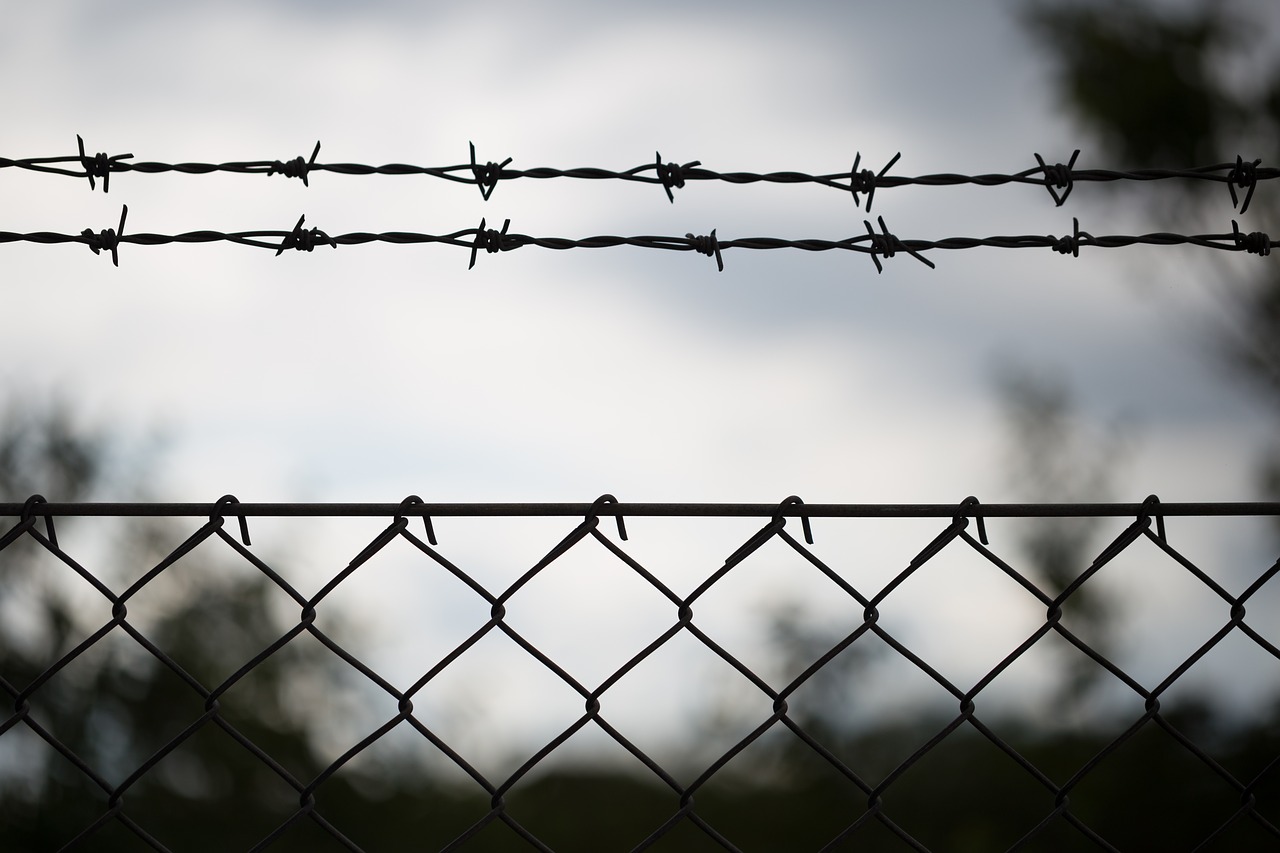
Rates of self-harm among asylum seekers in detention are more than 200 times the Australian community rates for hospital-treated self-harm, according to new research.
In the first known study of its kind, University of Melbourne researchers have examined all self-harm incidents recorded as occurring among the Australian asylum seeker population between August 2014 and July 2015.
During the 12-month period, there were 949 incidents of self-harm recorded.
The highest rates occurred among asylum seekers detained in offshore (Nauru and Manus – rate of 260 and 54 per 1000 respectively) and onshore detention (257 per 1000), compared with those in community-based arrangements (5 per 1000) and community detention (27 per 1000).
The most common methods of self-harm were cutting (37 per cent), self-battery (26 per cent) and attempted hanging (11 per cent).
There were no significant differences in self-harm incidents between males and females in onshore detention or community-based arrangements, however female asylum seekers in Nauru were significantly more likely to self-harm than males.
University of Melbourne PhD Candidate Kyli Hedrick at the Melbourne School of Population and Global Health said the exceptionally high rates of self-harm among detained asylum seekers warrants urgent attention.
"Our findings illustrate the detrimental impact of immigration detention on the health of asylum seekers," Ms Hedrick said.
The rates of self-harm among community-based asylum seekers were found to be closer to hospital-treated self-harm rates in the wider Australian community, prompting calls for community-based processing.
"Compared to rates observed in the general Australian community, and among asylum seekers in community-based settings, our research shows detained asylum seekers are at most risk," Ms Hedrick said.
"This highlights the urgent need for community-based processing to be implemented to help reduce the causes of distress and self-harm associated with detention settings. Such an approach would also need to address the conditions associated with community-based processing already known to cause mental distress."
Due to inconsistent reporting processes, particularly in offshore detention, researchers say it is likely that the rates of self-harm incidents among the Australian asylum seeker population are under-reported.
"This highlights the need for independent monitoring and reporting of self-harm among asylum seekers to better inform the evidence-based management and prevention of self-harm," Ms Hedrick said.
"Without urgent changes to government policy regarding mandatory immigration detention it is clear that the health of asylum seekers remains at risk."






